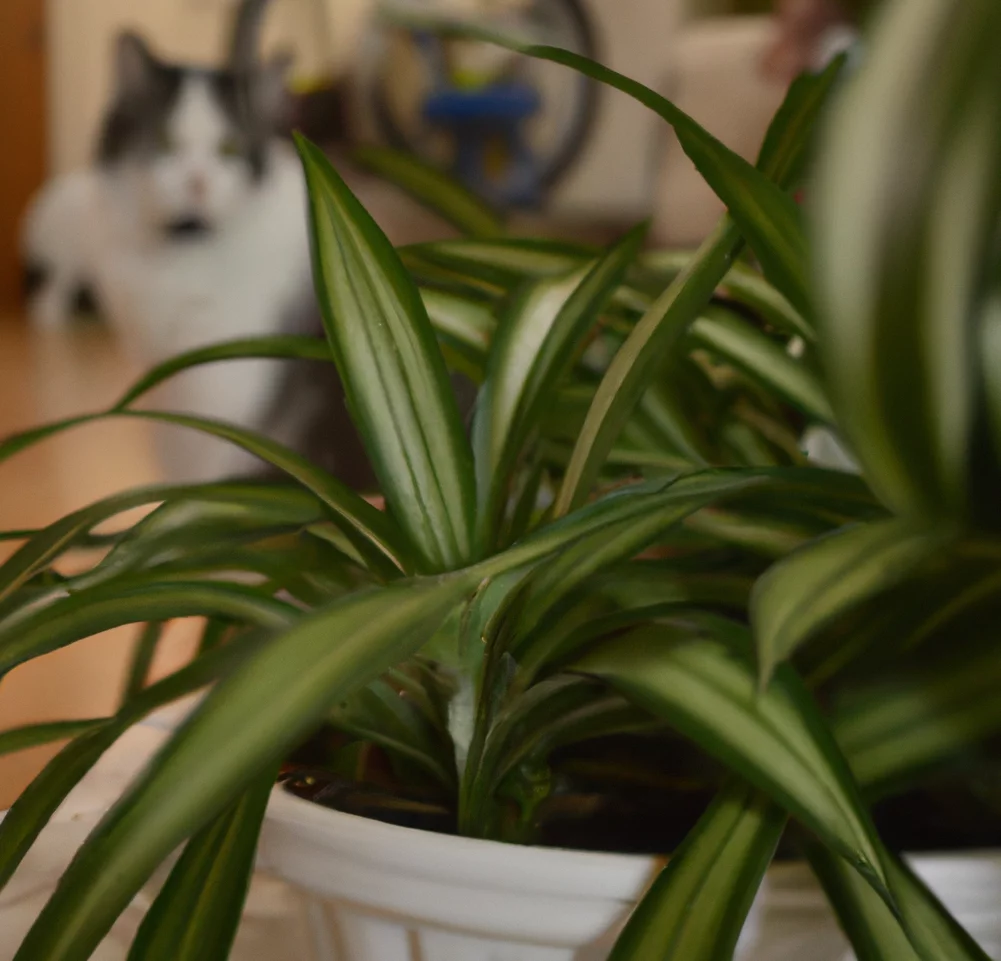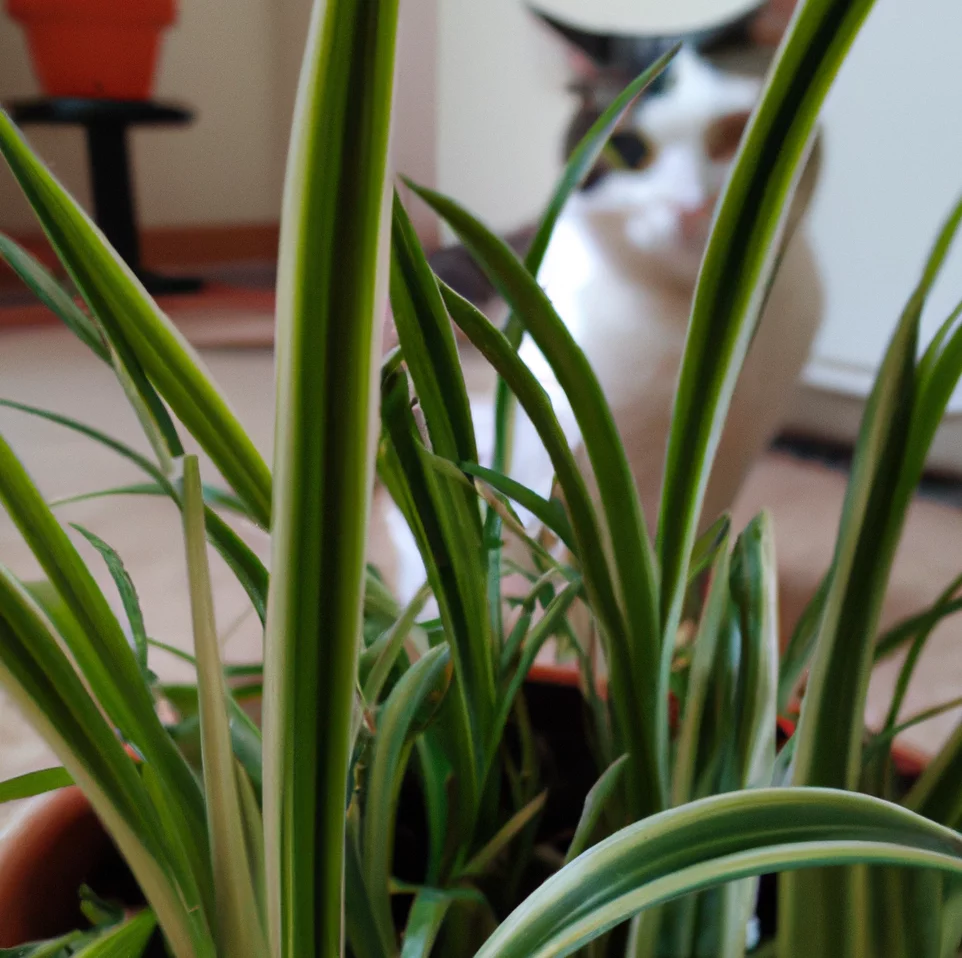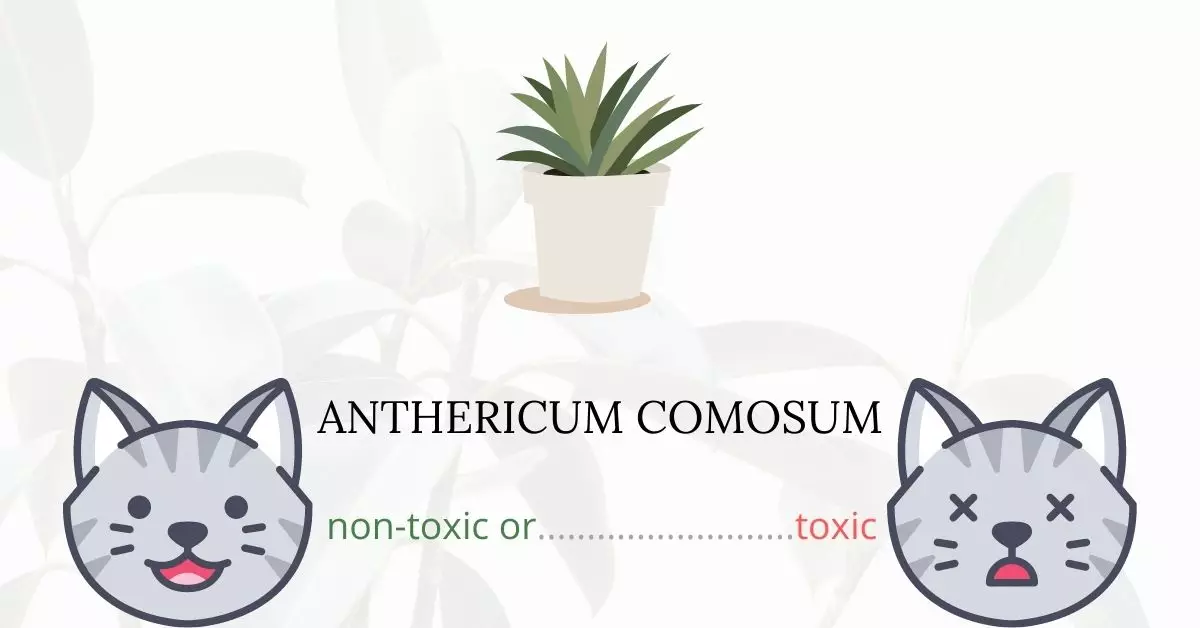Anthericum Comosum is proven to be non-toxic to cats, based on substantial evidence and authoritative resources.
This article is the culmination of a collaborative effort between experienced Doctors of Veterinary Medicine (DVMs), whose valuable inputs have enriched the information presented, ensuring its accuracy and reliability. Together, we aim to elucidate any potential risks posed by various plants, specifically Anthericum Comosum, to cats. Our insights are not solely reliant on professional expertise, but are also substantiated by meticulous research, including data from high-authority sources such as the ASPCA and PetMD.
According to the American Society for the Prevention of Cruelty to Animals (ASPCA) Poison Control Center, Anthericum Comosum poses no toxic threat to cats, dogs, or horses, as it does not contain substances harmful to these animals. While this plant is indeed non-poisonous to cats, allowing them to consume it regularly as a part of their diet is not recommended.
Can Cats Eat Anthericum Comosum?

Plants are generally not advisable to be included in a cat’s diet. Since they are carnivorous, too much consumption of plants may cause them to have an upset stomach. This is because cats do not have enough enzymes to digest excessive plant materials.
Additionally, chemicals used in Anthericum Comosum such as fertilizers and pesticides might influence your cat, if they have eaten a section of the plant.
What is Anthericum Comosum?

Ribbon Plant, Spider Ivy, Spider Plant, and Walking Anthericum are all common names for Anthericum Comosum. It is now moved to different genera and is scientifically known as Chlorophytum Comosum.
Anthericum Comosum is an Asparagaceae (asparagus) family herbaceous perennial houseplant. Its natural habitat is tropical West Africa, from Cameroon to South Africa.
Anthericum Comosum reaches a height of around 60 cm as a hanging plant, although it can drop many feet. It has fleshy tuberous roots that are 5 to 10 cm long apiece. The long, thin leaves are 20 to 45 centimetres in length and 6 to 25 mm in width.
Apart from being non-toxic, Anthericum Comosum plants are also recognized to be natural air purifiers, making them perfect houseplants. This plant was found to be efficient in removing common household air pollutants formaldehyde and xylene in a NASA Clean Air Study.
Keeping Cats Away From Anthericum Comosum

If you are planning to have a spider plant or Anthericum Comosum at home, make sure to place it in a place that your cat cannot access. Wrapping your pots in aluminum foil or placing aluminum foil near your plants will also prevent your feline companions from getting near them.
Since your cat may also encounter plants outside your home, training them to stay away from outdoor plants is also essential. You can also restrict their outdoor access and keep them indoors where they are safer.
Plants to Avoid For Your Cats
If you are a cat owner and unsure if the plants growing in your yard are harmful to your cats, check out this list of toxic plants for cats. You can also view our list of non-toxic plants for cats.





